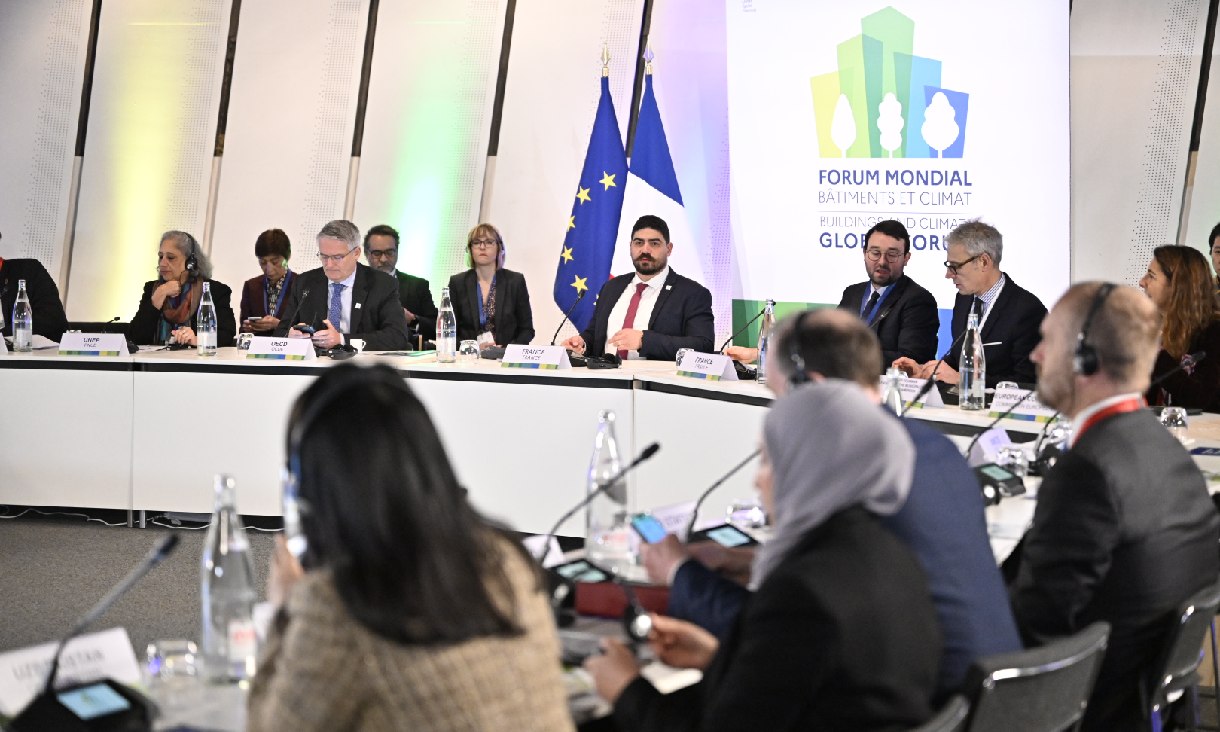The recommendations are a list of consensus driven recommendations developed through extensive stakeholder engagement led by the Materials Hub and its two parallel working groups Whole Life Cycle Policy Coalition and Circular Built Environment.
The “10 Whole Life Cycle Recommendations for the Buildings Breakthrough” are a list of consensus driven recommendations developed through extensive stakeholder engagement led by the Materials Hub and its two parallel working groups Whole Life Cycle Policy Coalition (WLCP.Co, led by the Department of Energy Security and Net-Zero from the UK and the WBCSD) and Circular Built Environment (CBE), led by the Ministry of the Environment of Finland and Prof. Usha Iyer-Raniga from RMIT University.
The recommendations was launched at the Buildings and Climate Global Forum on 7 March (for more information see our previous news story: Professor Usha Iyer-Raniga to deliver keynote speech at Buildings and Climate Global Forum in Paris. - RMIT University), with the ambition to promote Whole Life Cycle (WLC) policy thinking on a global stage, and to raise awareness on the significance of addressing Whole Life Cycle emissions in implementing the Buildings Breakthrough objectives. This should help to progress towards the Paris Agreement through near-zero emissions and resilient buildings.
The recommendations aim to:
- show how Whole Life Cycle considerations underpin the Buildings Breakthrough Key Priority Actions, and
- provide guidance to policy makers to implement the Buildings Breakthrough commitments nationally and locally.
The approach to deliver the recommendations was to:
- Highlight the work already being done: Compile and present existing initiatives and tools that employ WLC approaches that can be used by actors along the value chains of buildings and construction.
- Identify the gaps where further tools and investment might be needed.
- Diversify the voices producing guidance on Whole Life Cycle impacts, and produce recommendations following a large international engagement effort, and encourage practices that promote both environmental and social well-being.
- Link the approach to a circular economy and sufficiency in the buildings and construction sector to a whole life cycle perspective, and introduce the avoid-shift-improve framework.
You can read more about the recently signed Declaration de Chaillot on accelerating progress on decarbonisation of buildings and climate resilience here and the 10 Recommendations here: 10 Whole Life Cycle Recommendations for the Buildings Breakthrough | Globalabc.
 Photo credit: Damian Valente
Photo credit: Damian Valente